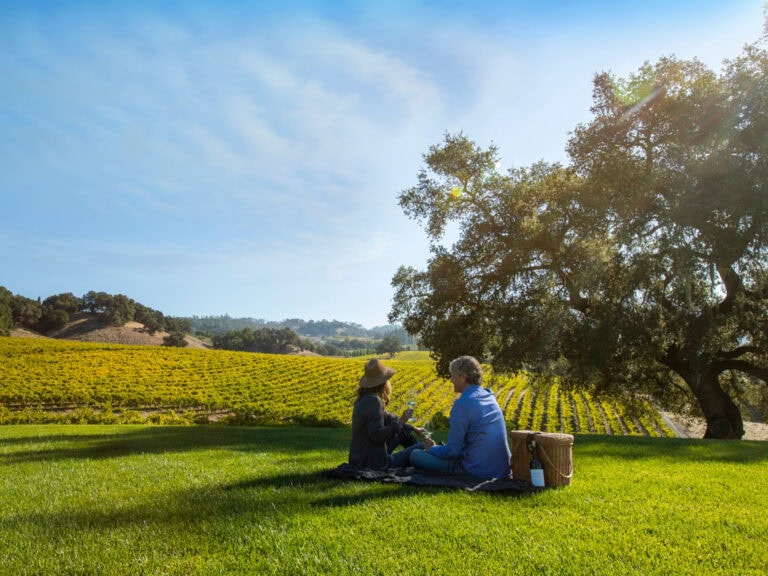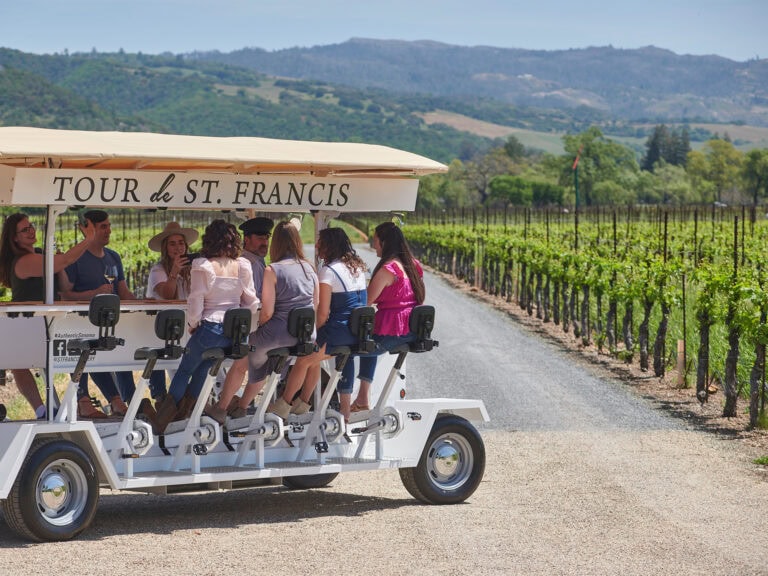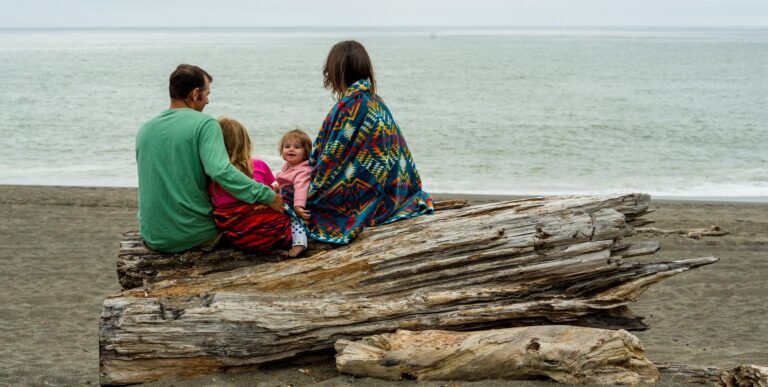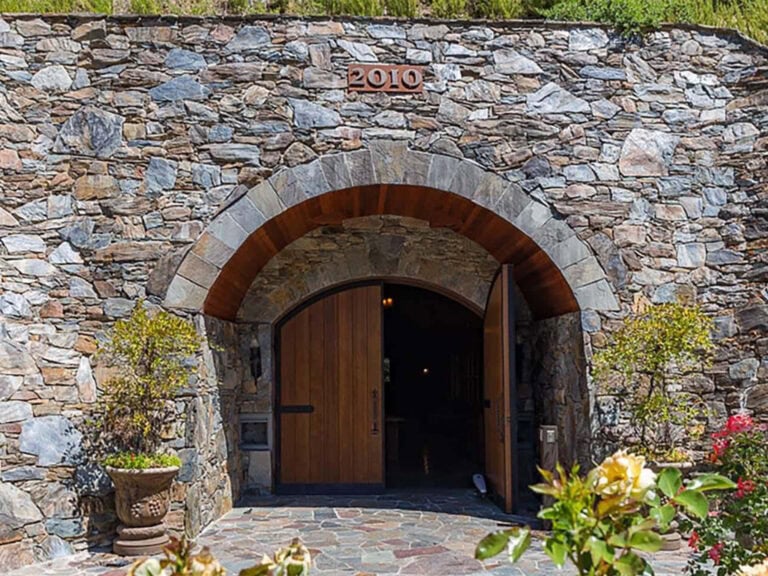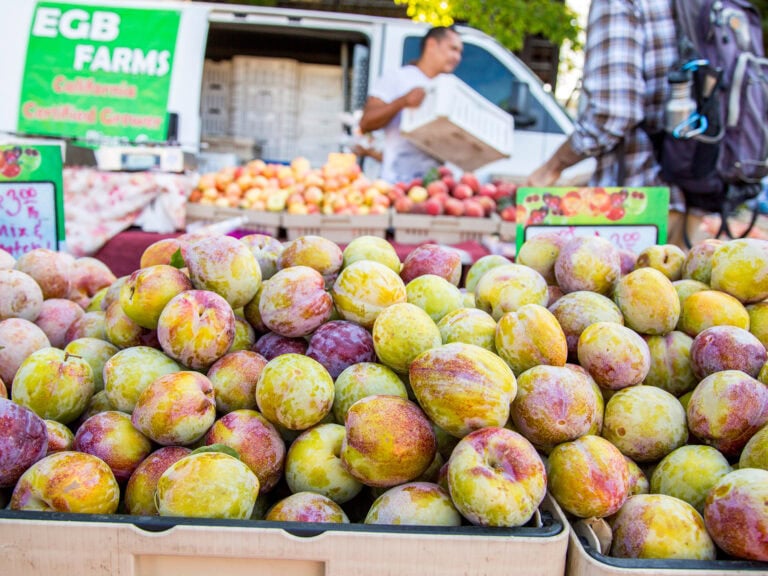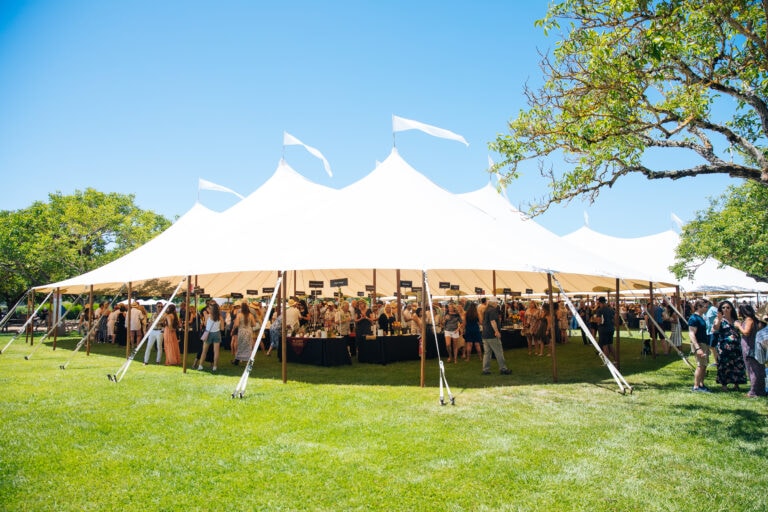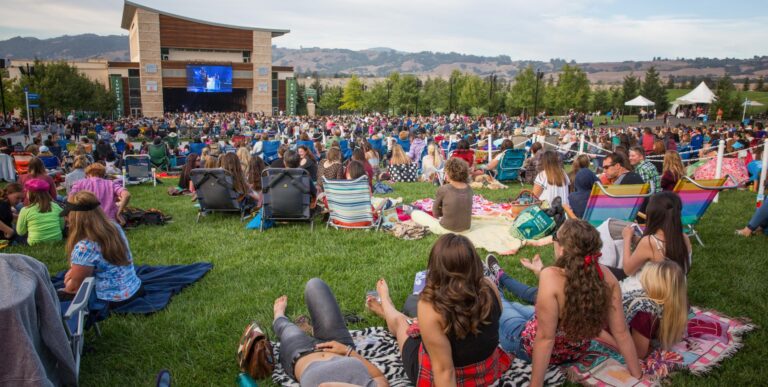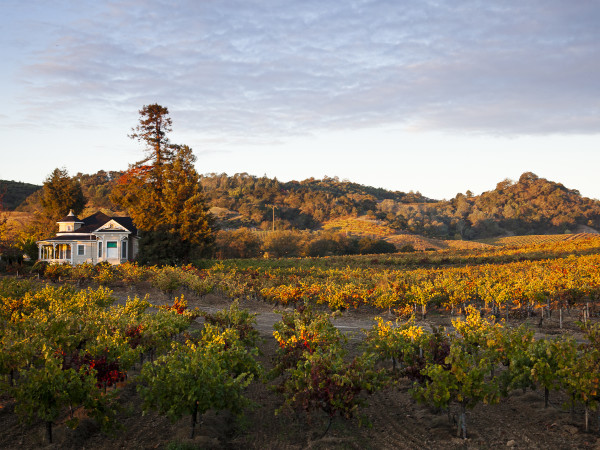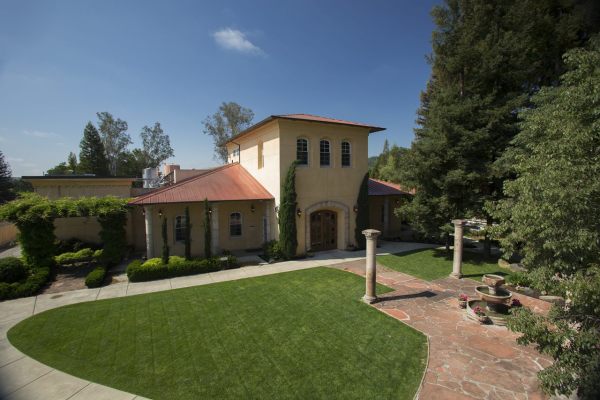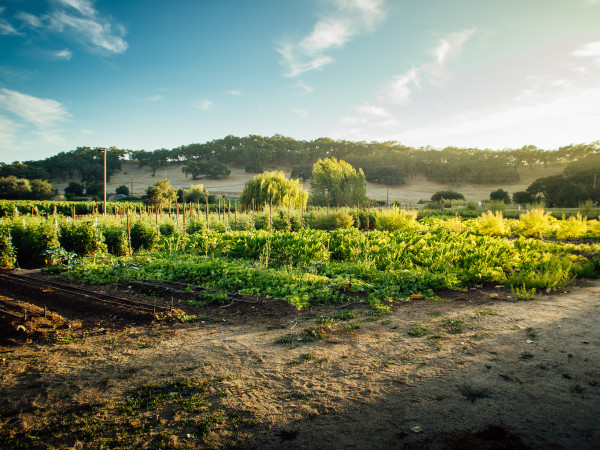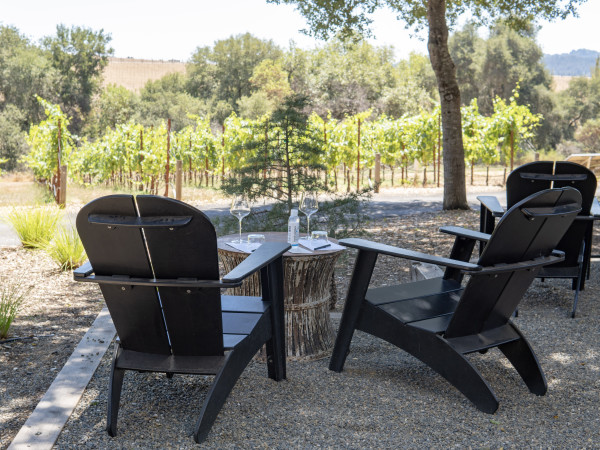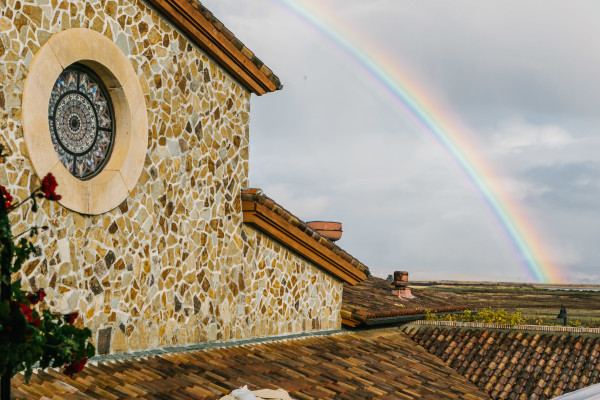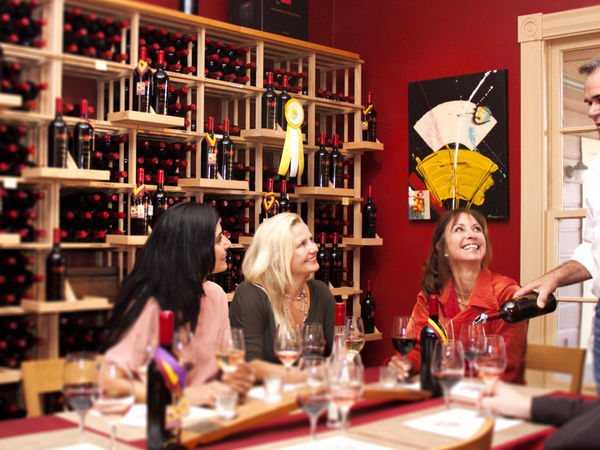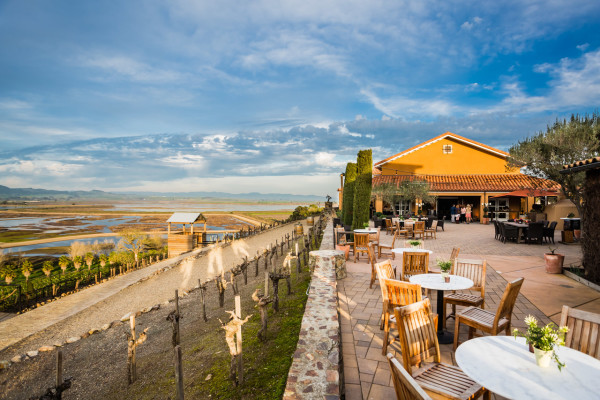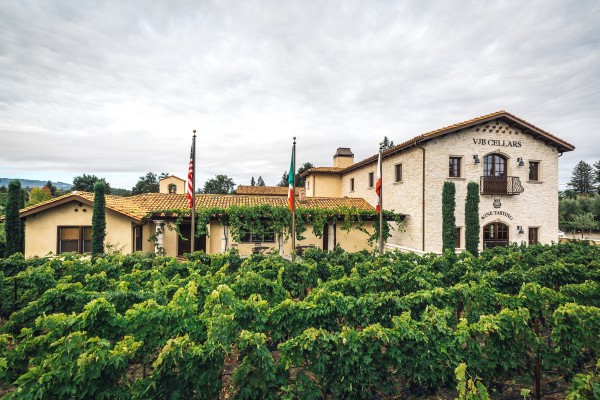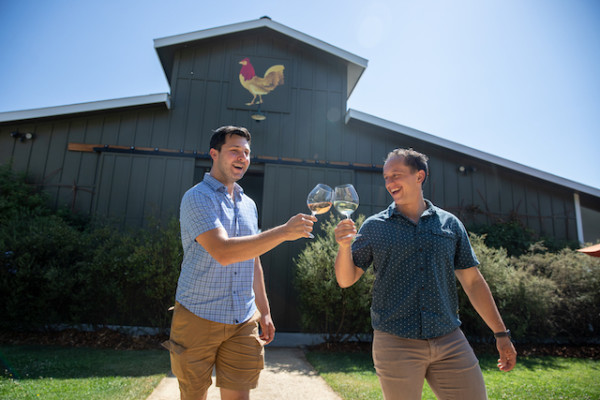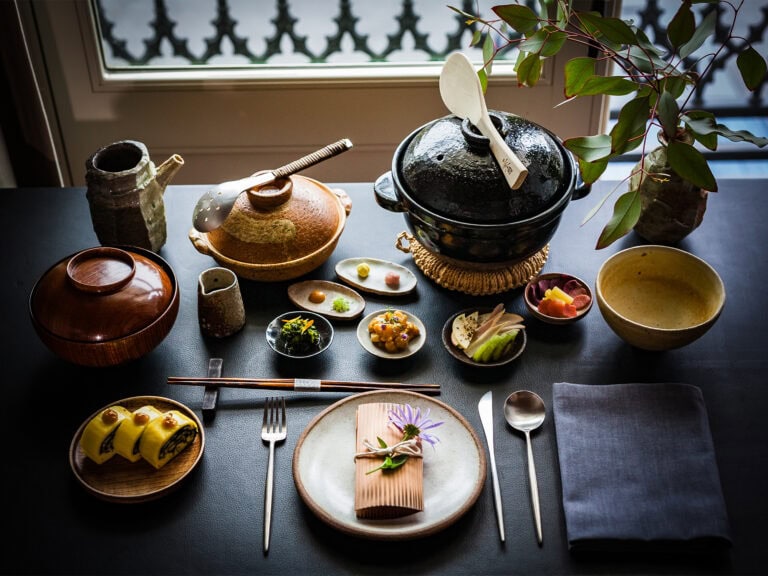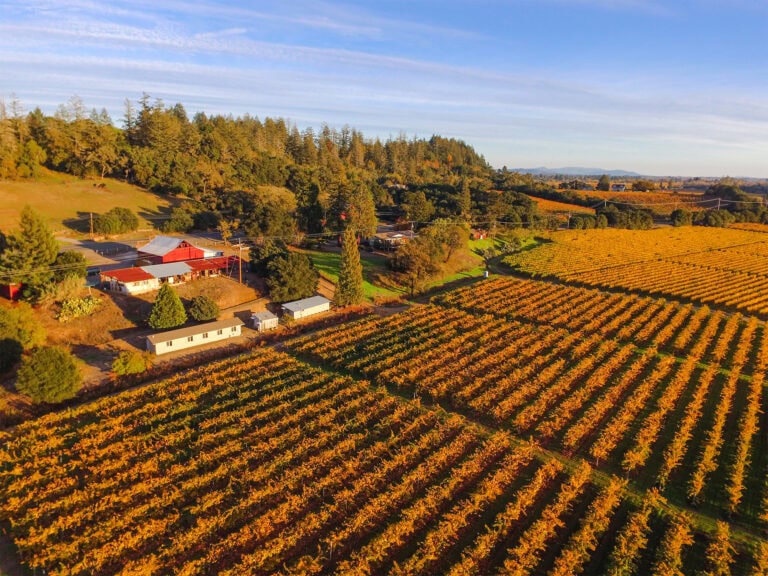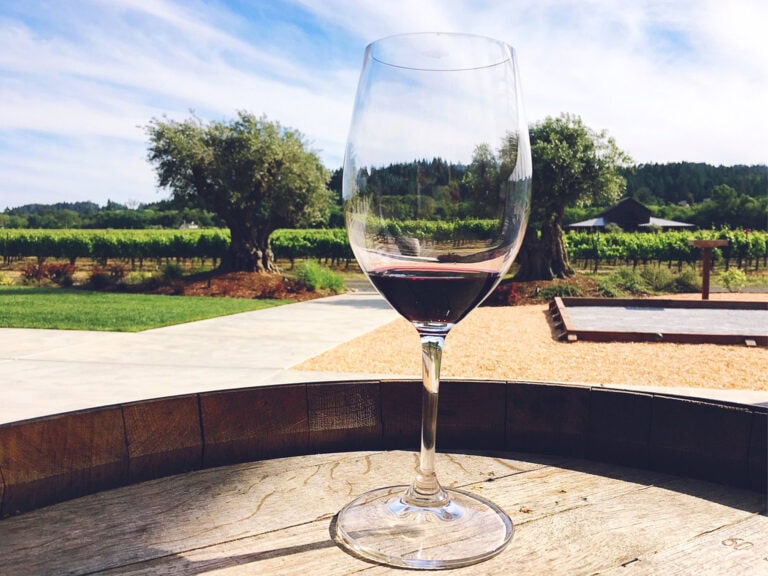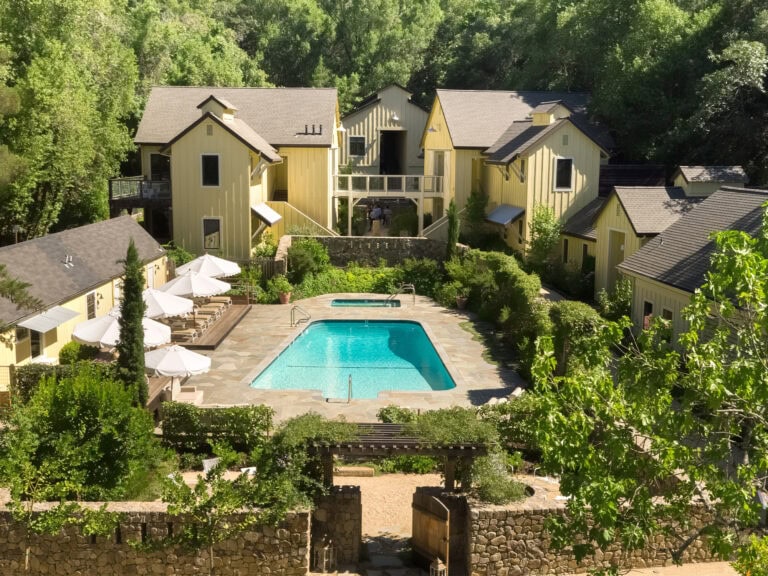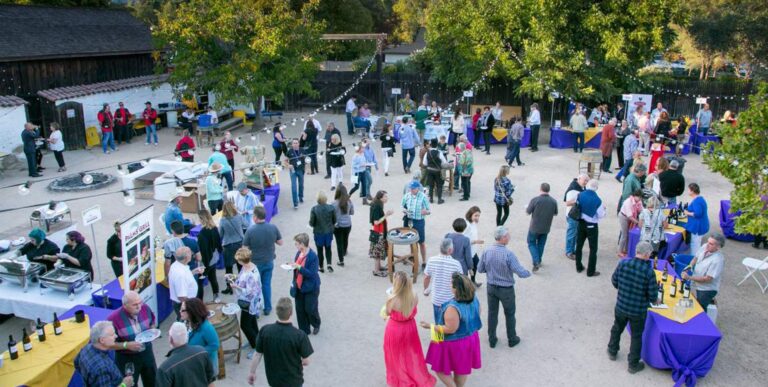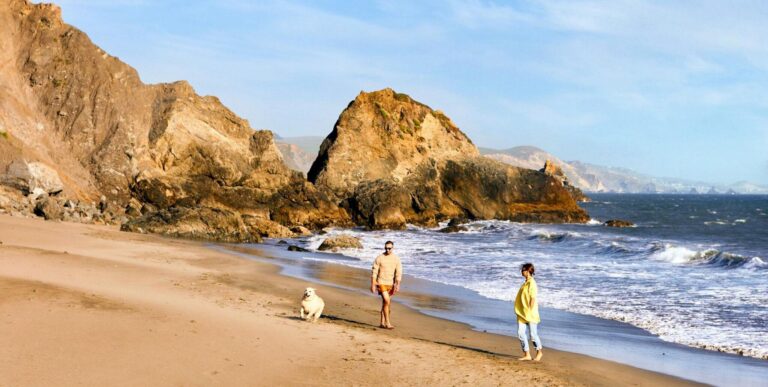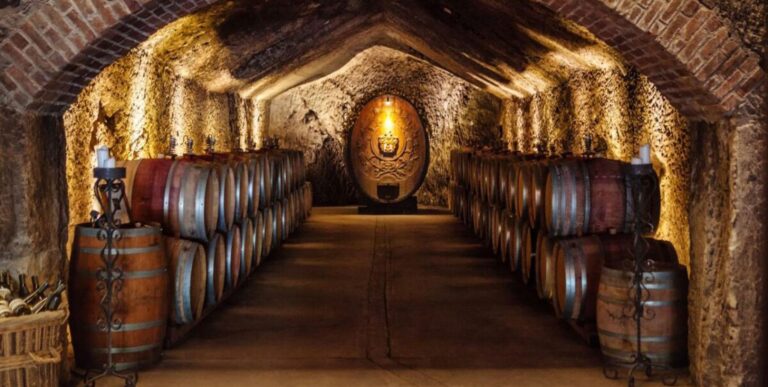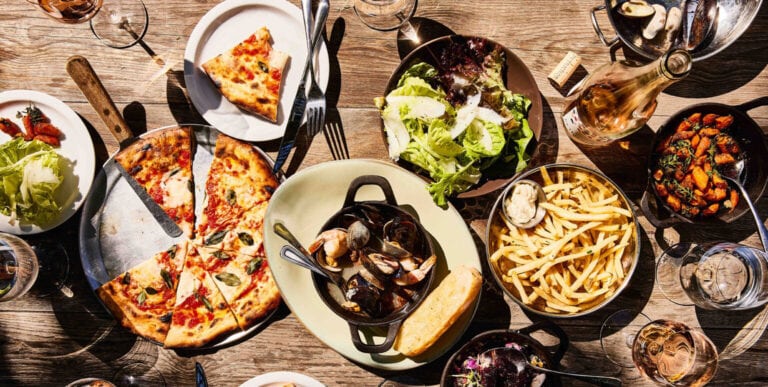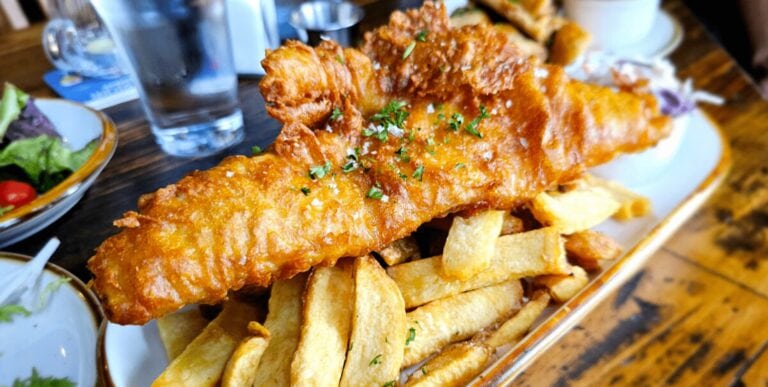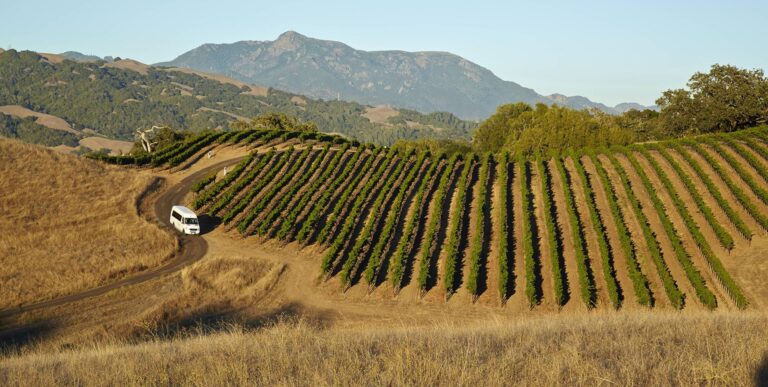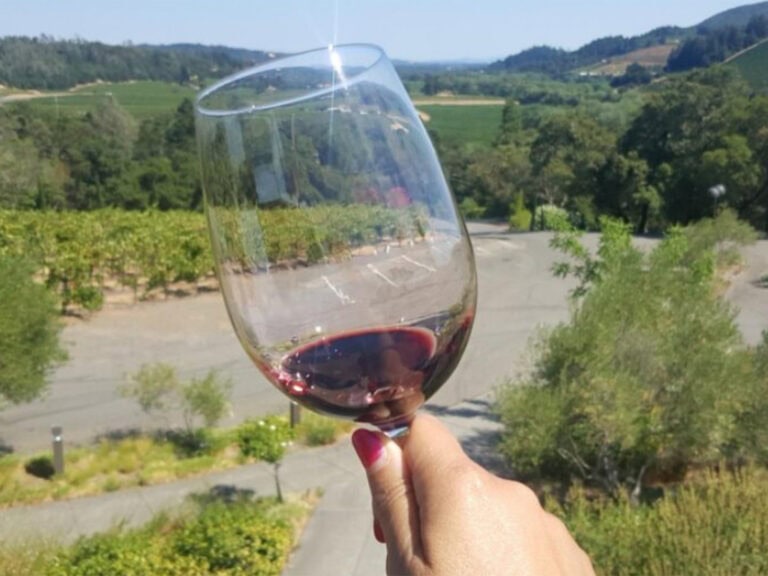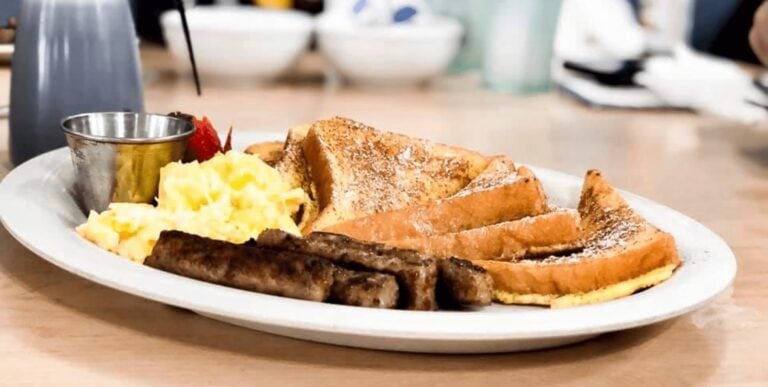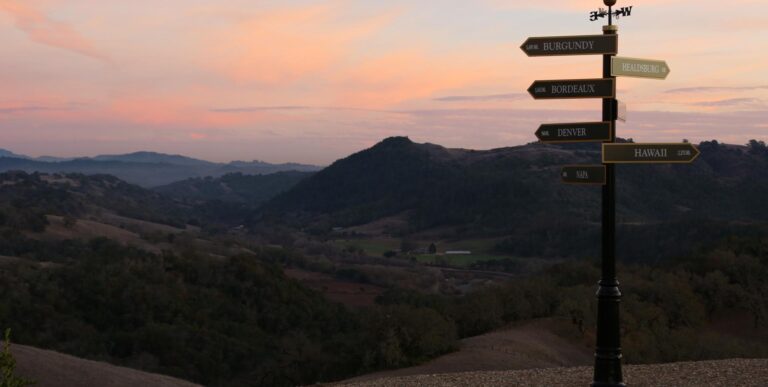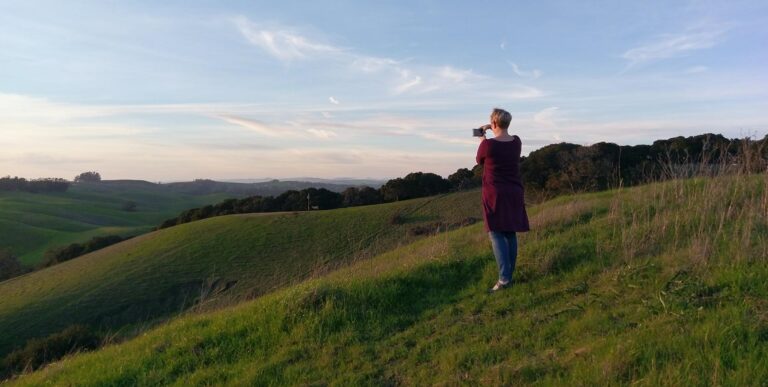Sangiovese in Sonoma County
Sangiovese is associated with Chianti, the wine in the straw-covered bottles once ubiquitous in Italian restaurants. But among fine wine enthusiasts today, Sangiovese is revered as one of Italy’s most famous and prestigious wines, and in Sonoma County, Sangiovese is a perennial favorite.
Sangiovese Key Facts

Sonoma County is a fine place to grow Sangiovese, and in fact, this area leads California in planting this popular grape. A wild-looking vine with toothy leaves, Sangiovese produces purple clusters of varying sizes. Relatively late to ripen, Sangiovese likes a warm climate to help temper its famously high levels of acidity.
Sangiovese: The Tuscan Connection

Sangiovese has been grown in Tuscany for a long time, and now it is the most widely planted winegrape throughout Italy. Before the 1970s, Sangiovese from some of Tuscany’s most celebrated regions wasn’t necessarily much to talk about. Today, tighter restrictions on blending have improved the reputation, and some of these “Super Tuscan wines” command premium prices.
Sangiovese in Sonoma County
In the 1990s interest in the varietal picked up. Knowledge of Sangiovese’s different clones and viticultural requirements led to promising wines.
According to wine historian Charles L. Sullivan, in the early 1900s, Sonoma County’s legendary Italian Swiss Colony winery made its Tipo Chianti with a base of Sangiovese from vines that were imported in the 1880s from Italy (see Sullifan’s book, “Sonoma Wine and the Story of Buena Vista“). Tipo, in the squat straw-covered bottle, was for decades a national top seller.
Sangiovese Style

Bright, red cherries are typical on the nose and palate of Sangiovese wine; also, licorice, plum, and earthy and savory notes. Its high acidity makes it a food-pairing natural. Sangiovese is traditionally aged in larger casks of American, Slavonian, or French oak.
Sonoma County’s Key Sangiovese Regions
Alexander Valley
A winemaker at Italian Swiss Colony, Edoardo Seghesio planted Sangiovese on his family’s property in 1910, which survives as Seghesio’s own unique clone of the variety.
Notable wineries for Sangiovese wine in Sonoma County’s Alexander Valley:
- Seghesio Family Vineyards, Healdsburg
- Trentadue Winery, Geyserville
Pine Mountain-Cloverdale Peak
This high-elevation AVA has promising characteristics for the Sangiovese grape.
Notable winery for Sangiovese wine in Sonoma County’s Pine Mountain-Cloverdale Peak:
- Imagery Estate, Glen Ellen
Dry Creek Valley
This is Zinfandel country, so why not Sangiovese? At Healdsburg’s DaVero Farms & Winery, they’re happy to show you a map that explains why Sonoma County, on the same latitude as southern Italy, ought to be growing more Italian grapes, indeed.
Notable wineries for Sangiovese wine in Sonoma County’s Dry Creek Valley:
- DaVero Farms and Winery, Healdsburg
- Ferrari-Carano Vineyards and Winery, Healdsburg
- Reeve Wines, Healdsburg
Sonoma Valley
Facing southwest on the slopes of the Mayacamas Mountains, Sonoma Valley’s higher elevation vineyards are ideal for producing Sangiovese, which is sometimes blended ‘Super Tuscan’ style with Cabernet.
Notable wineries for Sangiovese wine in Sonoma County’s Sonoma Valley:
- Jacuzzi Family Vineyards, Sonoma
- Muscardini Cellars, Kenwood
- Viansa, Sonoma
- VJB Vineyards, Cellars & Marketplace, Kenwood
THIS IS WINE COUNTRY.
Share your experience using #SonomaCounty or #LifeOpensUp
